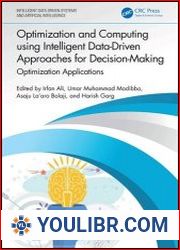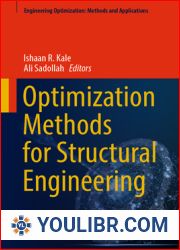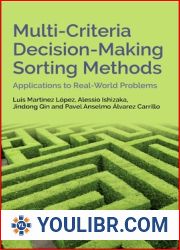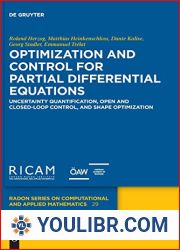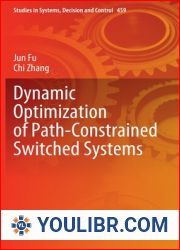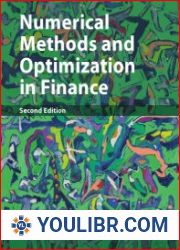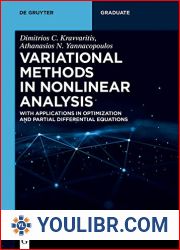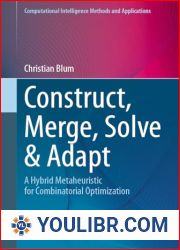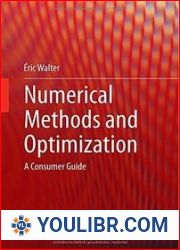
BOOKS - Modern Optimization Methods for Decision Making Under Risk and Uncertainty


US $9.54

924189

924189
Modern Optimization Methods for Decision Making Under Risk and Uncertainty
Author: Alexei A. Gaivoronski
Year: October 6, 2023
Format: PDF
File size: PDF 6.5 MB
Language: English
Year: October 6, 2023
Format: PDF
File size: PDF 6.5 MB
Language: English
The book comprises original articles on topical issues of risk theory, rational decision making, statistical decisions, and control of stochastic systems. The articles are the outcome of a series international projects involving the leading scholars in the field of modern stochastic optimization and decision making. The structure of stochastic optimization solvers is described. The solvers in general implement stochastic quasi-gradient methods for optimization and identification of complex nonlinear models. These models constitute an important methodology for finding optimal decisions under risk and uncertainty. While a large part of current approaches towards optimization under uncertainty stems from linear programming (LP) and often results in large LPs of special structure, stochastic quasi-gradient methods confront nonlinearities directly without need of linearization. This makes them an appropriate tool for solving complex nonlinear problems, concurrent optimization and simulation models, and equilibrium situations of different types, for instance, Nash or Stackelberg equilibrium situations. The solver finds the equilibrium solution when the optimization model describes the system with several actors. The solver is parallelizable, performing several simulation threads in parallel. It is capable of solving stochastic optimization problems, finding stochastic Nash equilibria, and of composite stochastic bilevel problems where each level may require the solution of stochastic optimization problem or finding Nash equilibrium. Several complex examples with applications to water resources management, energy markets, pricing of services on social networks are provided. In the case of power system, regulator makes decision on the final expansion plan, considering the strategic behavior of regulated companies and coordinating the interests of different economic entities. Such a plan can be an equilibrium - a planned decision where a company cannot increase its expected gain unilaterally.







